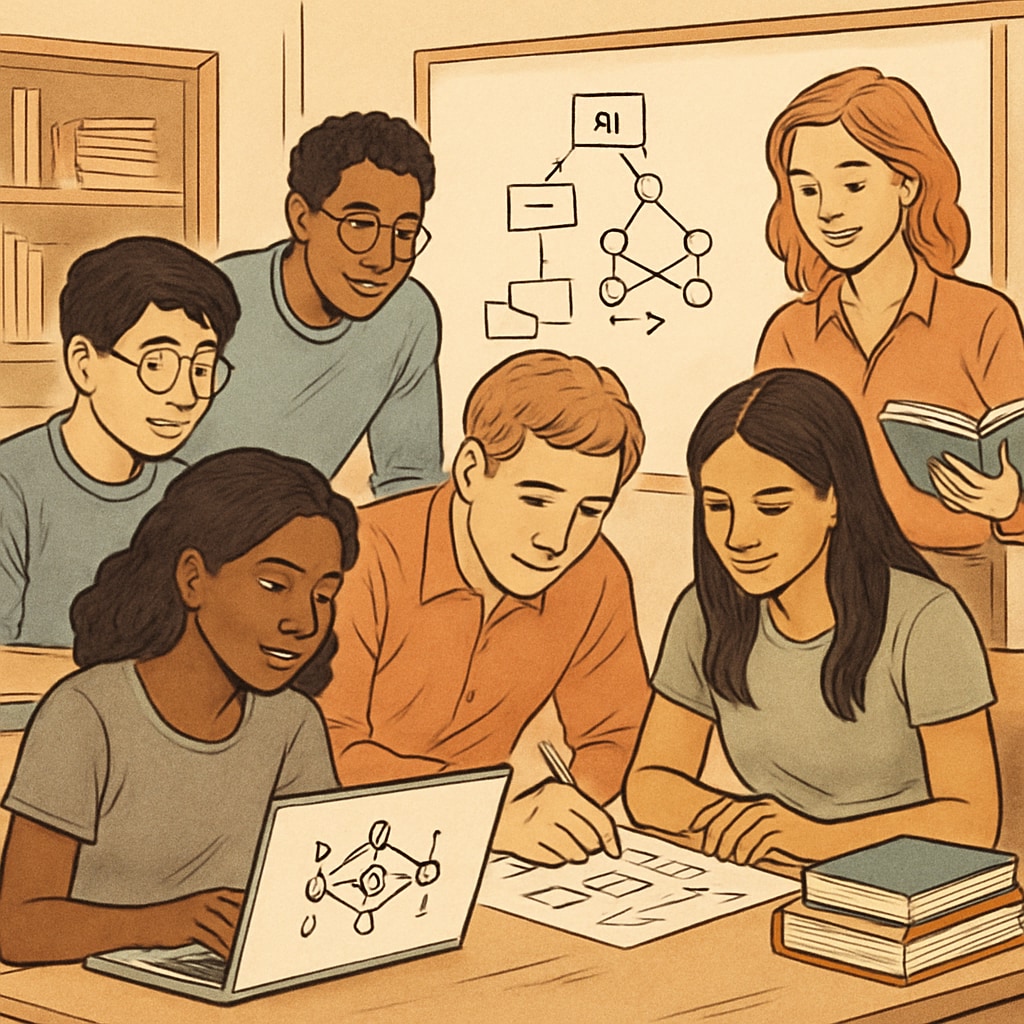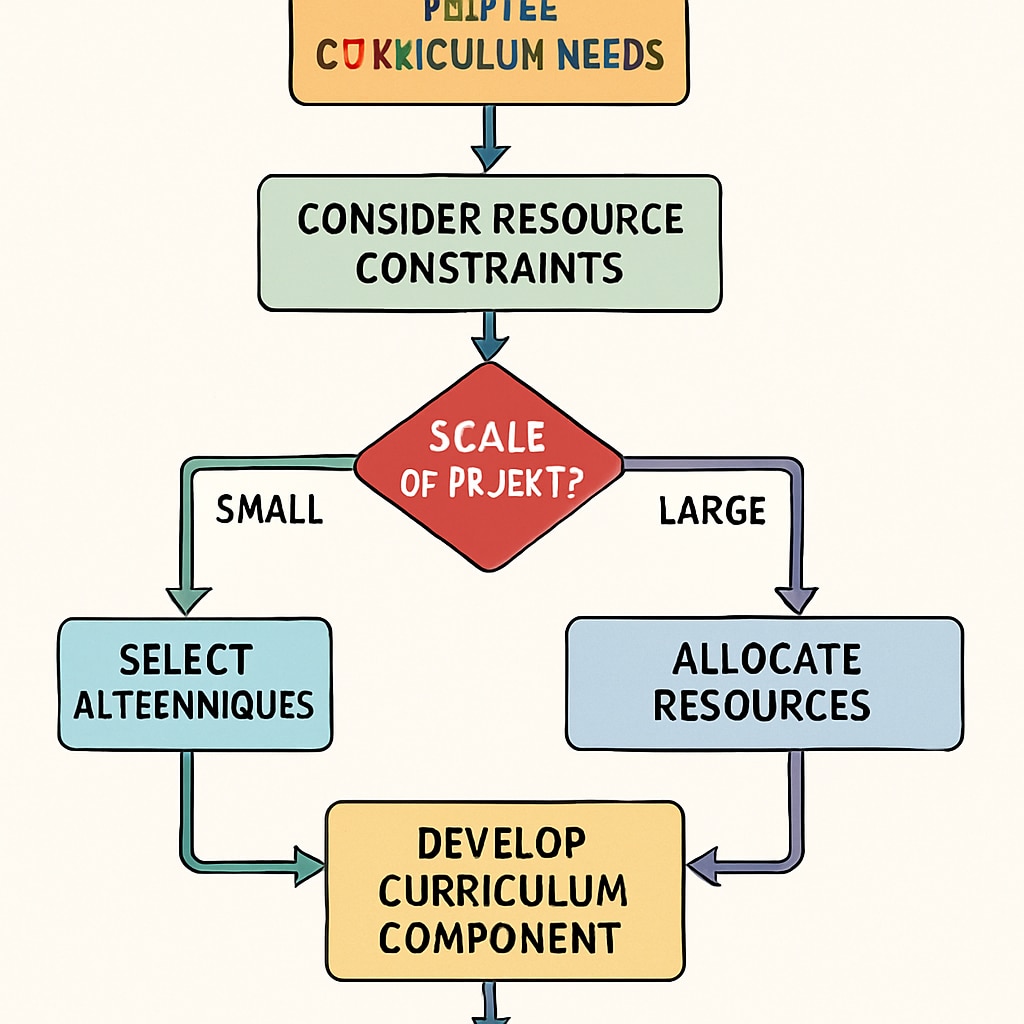Teaching artificial intelligence basics through hands-on teaching projects under computational resource limitations presents unique challenges for undergraduate educators. With strategic planning and creative solutions, however, even resource-constrained institutions can deliver meaningful AI learning experiences. This guide explores practical approaches to designing interactive projects that cover fundamental concepts from simple neural networks to modern large language models (LLMs).
Layered Learning Approach for Hardware Efficiency
Implementing a tiered structure allows students to progressively build skills while optimizing limited resources:
- Conceptual Foundations: Begin with paper-based exercises and analog simulations of algorithms
- Lightweight Implementations: Use simplified datasets and model architectures (e.g., MNIST for image recognition)
- Cloud Resources: Leverage free-tier cloud platforms like Google Colab for more intensive tasks

Micro-Project Design Strategies
Carefully scoped mini-projects maximize learning while minimizing computational demands:
- Focus on specific components of larger systems (e.g., just the attention mechanism in transformers)
- Use pre-trained models via APIs for advanced concepts like natural language processing
- Implement “frozen” layers where students only train small portions of networks
For example, rather than training a full LLM, students can fine-tune a single layer on a specialized task using limited data. This demonstrates core principles without requiring extensive GPU resources.
Assessment Alternatives Beyond Heavy Computation
Traditional AI project evaluation often requires significant computing power. Consider these alternatives:
- Algorithm design competitions judged by efficiency metrics
- Model analysis reports comparing architectural choices
- Creative application projects using existing AI services

Implementation Tips: Start with small groups piloting projects, then scale successful models. Partner with local tech companies for occasional access to better hardware. Most importantly, emphasize conceptual understanding over computational scale—the true foundation of AI education.
Readability guidance: Key concepts are explained in accessible language. Technical terms like “transformers” are defined contextually. Paragraphs remain concise while covering essential information, with transition words like “however” and “for example” improving flow.


